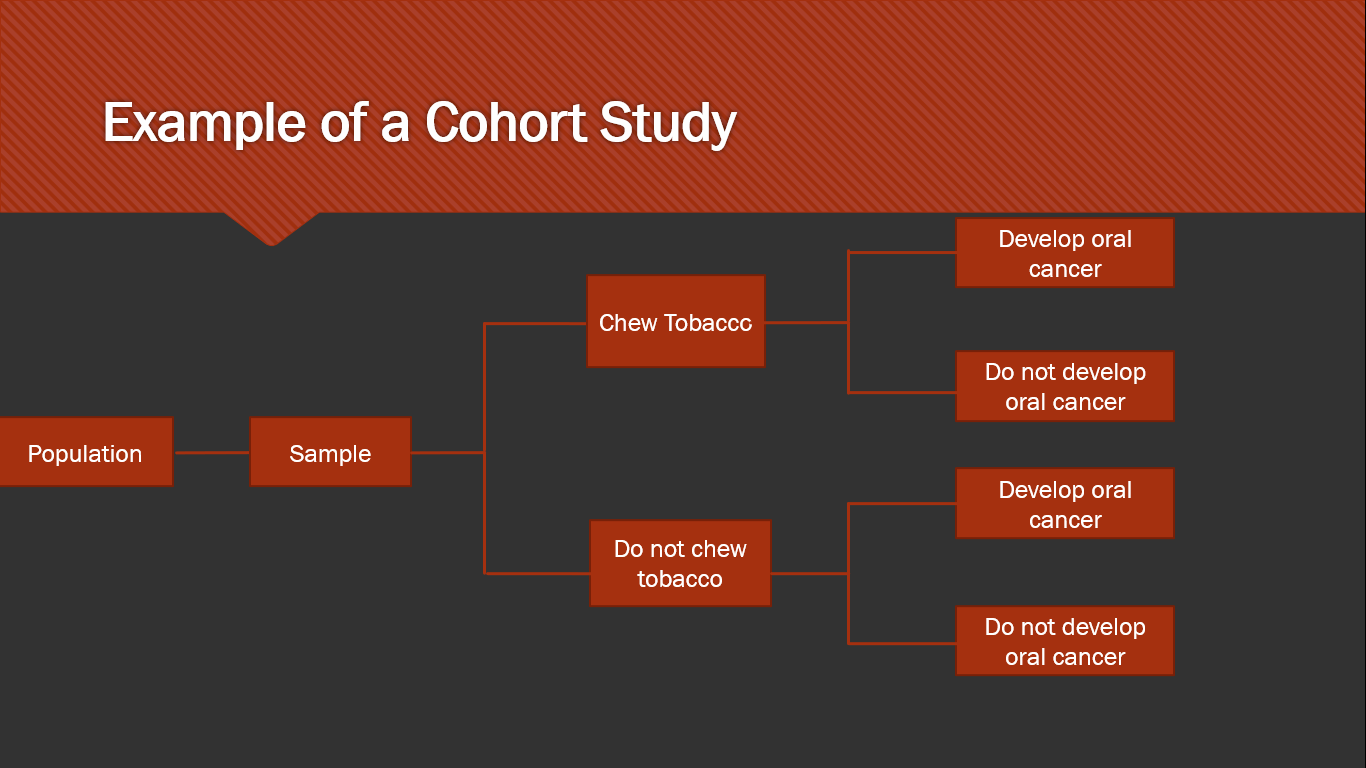By Ahmad Jamil Malik

COHORT STUDY
A type of prospective (forward looking) study in which two groups of subjects with unknown outcomes are compared based on a supposed risk factor.
In a cohort study, we start with a reference population and make 2 groups out of the population. Group#1 includes those individuals who have certain characteristics relevant to our study (the exposed group). Group#2, Those individuals who do not have those characteristics (the unexposed group). Both groups are then observed over a specified period to find out the risk each group has of developing the condition(s) of interest.
A classical example of cohort study is that of “Framingham Heart Study”. Using this study, risks factors related to cardiovascular diseases were calculated. It began in 1948, in Massachusetts Town in USA with a cohort of 5,209 men and women, with a mean age of 30-62 years. These subjects were followed up every two years for up to 30 years where their blood pressure was measured, their heart rate was checked, and cardiac history was taken.
Milestones of Framingham Heart Study:
- Smoking increases CVD risk (1960).
- Cholesterol and blood pressure increase CVD risk (1961).
- Physical activity decreases CVD risk (1967).
- High HDL levels decrease CVD risk (1988).
- Many, many more….
Design of a cohort study:


Advantages of cohort study:
- Incidence can be calculated.
- Provides an estimate of relative risk.
- When a true experiment cannot be conducted.
Disadvantages of cohort study:
- Requires large number of people.
- Expensive.
- Follow up is difficult.
- Takes a long time to complete the study.
Retrospective cohort study:
In a prospective cohort study, the investigators or their substitutes are typically present from the beginning to the end of the observation period. However, it is possible to maintain the advantages of the cohort study without the continuous presence of the investigators or having to wait a long time to collect the necessary data, using Retrospective Cohort.
Dependence of retrospective cohort study:
- The availability of data or records that allow reconstruction of the exposure of cohorts to a suspected risk factor.
- Investigator follows up for morbidity or mortality over time.
Disadvantages of retrospective cohort study:
- All of the relevant variables may not be available in the original records.
- It may be difficult to ascertain that the study population was free from the condition at the start of the comparison.